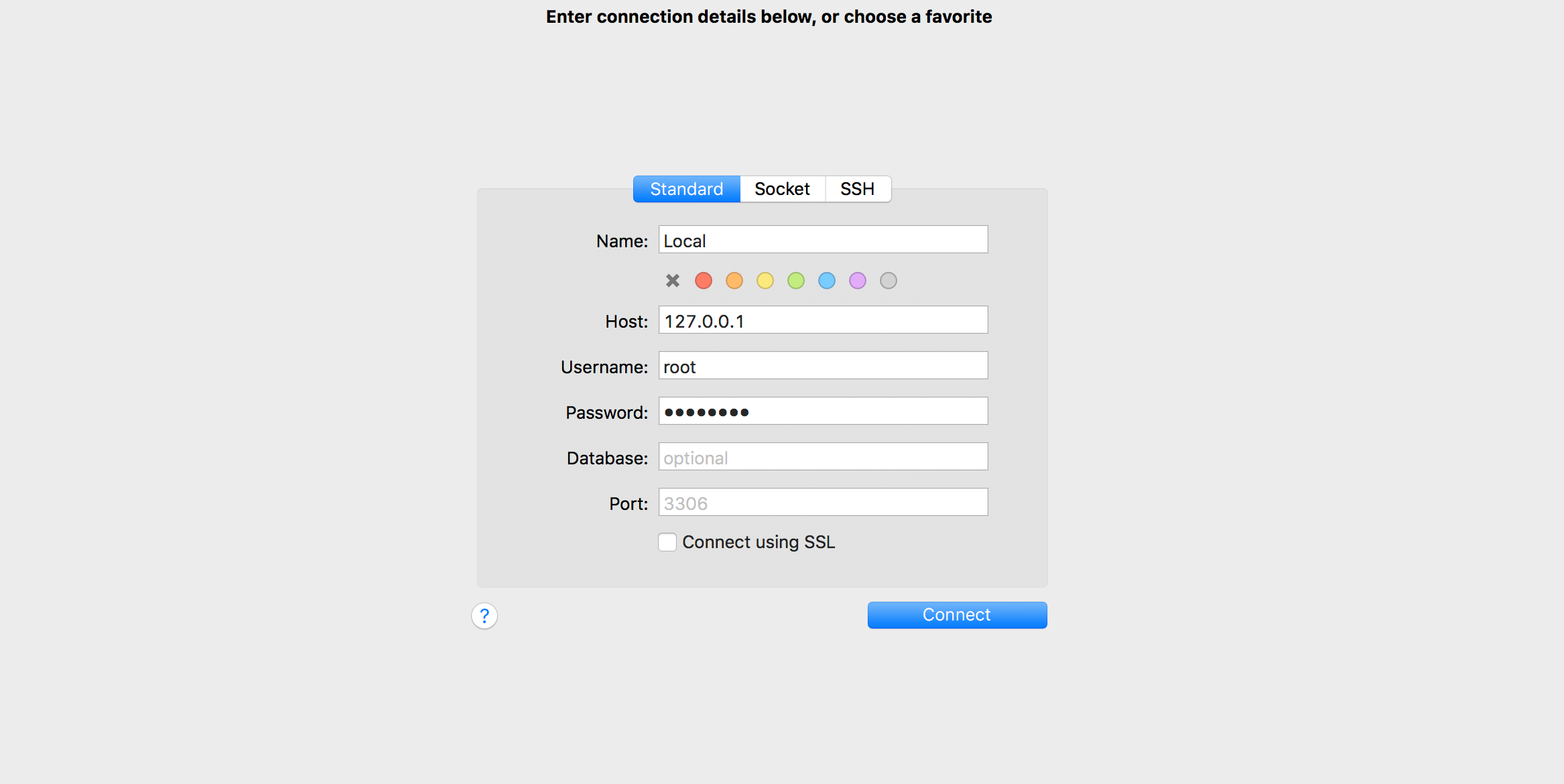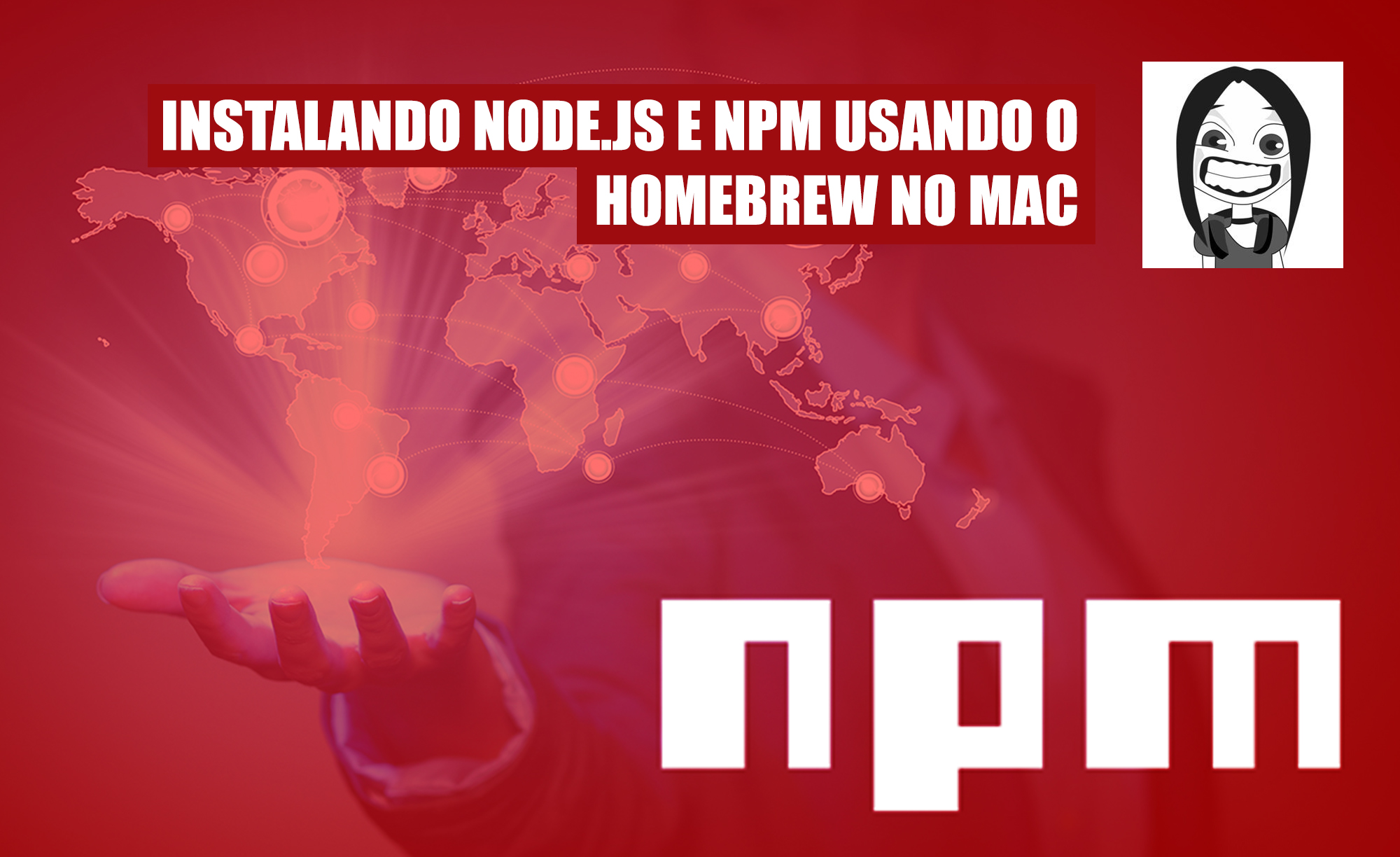Brew Nodejs Version
As of this PR to homebrew/versions and this PR to homebrew, the answers involving brew tap homebrew/versions or.-lts packages no longer work. The correct answer is now: brew install node@version Where version is 0.10, 0.12, 4, etc. For example, to install Node.js v6 (as of this writing, the most recent LTS version): brew install node@6. Why use Homebrew to install NodeJS? If you are installing NodeJS via the installer from then you have to use sudo to make sure that it installs correctly. After that you have to make changes in your system $PATH by adding the path of the node executable.
Run docker on windows home. Node.js can be installed in different ways. This post highlights the most common and convenient ones.
Official packages for all the major platforms are available at https://nodejs.org/en/download/.
- Brew 下 安装node 和 npm. 其实npm是nodejs的包管理器(package manager)。我们在Node.js上开发时,会用到很多别人已经写好的javascript代码,如果每当我们需要别人的代码时,都根据名字搜索一下,下载源码,解压,再使用,会非常麻烦。.
- Node Version Manager is a simple bash CLI that allows you to install multiple Node.js versions and switch between them using simple commands. Although it is available for macOS and Linux only, Node.js version manager for Windows exists (ironically it is written in Go). Installation is straightforward — you can use a simple bash script or brew.
One very convenient way to install Node.js is through a package manager. In this case, every operating system has its own.
On macOS, Homebrew is the de-facto standard, and - once installed - allows you to install Node.js very easily, by running this command in the CLI:
Firefox download for max. Other package managers for Linux and Windows are listed in https://nodejs.org/en/download/package-manager/
nvm is a popular way to run Node.js. It allows you to easily switch the Node.js version, and install new versions to try and easily rollback if something breaks, for example.
It is also very useful to test your code with old Node.js versions.
See https://github.com/nvm-sh/nvm for more information about this option.
My suggestion is to use the official installer if you are just starting out and you don't use Homebrew already, otherwise, Homebrew is my favorite solution.
In any case, when Node.js is installed you'll have access to the node executable program in the command line.
Contributors

Node.js can be installed in different ways.

Brew Nodejs Vs Node.js
Let me how you the most common and convenient ones.

Official packages for all the major platforms are available at https://nodejs.org/en/download/.

There you can choose to download an LTS version (LTS stands for Long Term Support) or the latest available release. As usual, the latest version contains the latest goodies.
On the site they have packages for Windows, Linux, macOS.
One very convenient way to install Node.js is through a package manager. In this case, every operating system has its own.
On macOS, Homebrew is the de-facto standard, and - once installed - allows to install Node.js very easily, by running this command in the CLI:
Hangouts meet per mac download. Other package managers for Linux and Windows are listed in https://nodejs.org/en/download/package-manager/
nvm is a popular way to run Node. It allows you to easily switch the Node version, and install new versions to try and easily rollback if something breaks, for example.
It is also very useful to test your code with old Node versions.
See https://github.com/creationix/nvm for more information about this option.
My suggestion is to use the official installer if you are just starting out and you don’t use Homebrew already, otherwise, Homebrew is my favorite solution because I can easily update node by running brew upgrade node.
In any case, when Node is installed you’ll have access to the node executable program in the command line.
Download my free Node.js Handbook and check out my Node.js Course!

